Today, wired headphones continue to serve as a portable and fundamental requirement of every individual. You can observe people wearing headsets, such as on the roads or virtually anywhere.
Nevertheless, we rarely take note of one of the most pivotal parts of such audio peripherals—the 3.5mm jack (commonly referred to as the headphone jack).
Here, we delve into the details of what a 3.5mm jack is and how it functions. You’ll learn why it remains a popular choice for audio connectivity.
Lastly, we’ll address frequently asked questions about the 3.5mm jack.
Let’s commence.
What is a 3.5mm headphone jack?
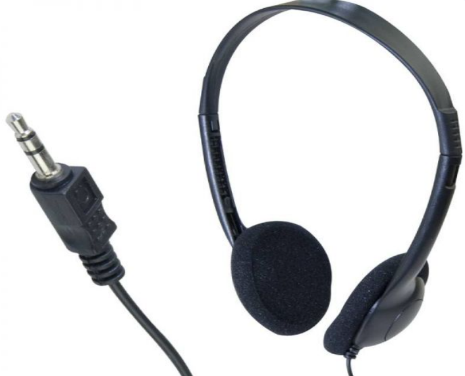
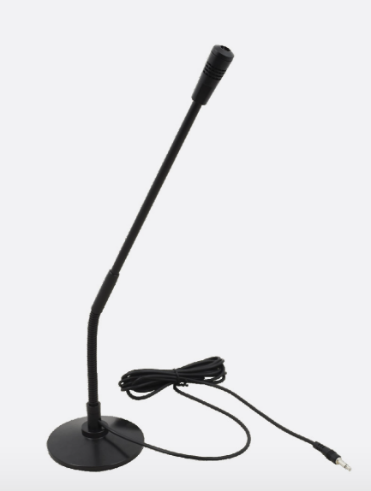
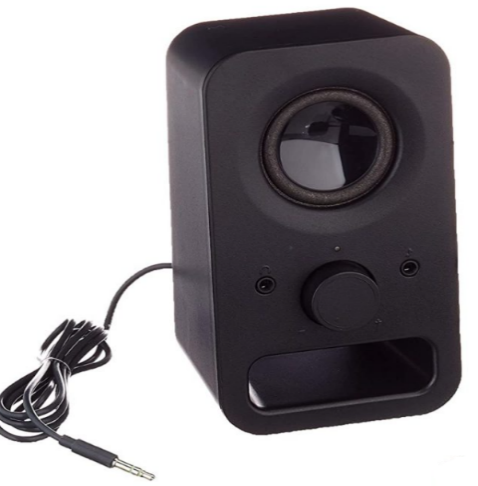
As you can see, the 3.5mm jack is a versatile audio connector, commonly referred to as an industry-standard plug for audio. It’s widely employed to transmit analog audio signals. That allows you to connect speakers, microphones, headphones, and other audio equipment to your devices.
Moreover, the 3.5mm audio jack is typically named as the following:
- headphone jack
- audio jack
- mini-phone connector
The term 3.5mm pertains to the connector’s diameter. That’s nearly 1/8 of an inch. That size is commonly usable for headphones, earphones, and other types of audio equipment.
Various configurations of 3.5mm jack
After looking at the overview of the 3.5mm jack, let’s look at its varied configurations or types:
- TS or Tip-Sleeve: TS connections are suitable for mono audio signals. They are typically employed for microphones.
- TRS or Tip-Ring-Sleeve: TRS connections are usable for stereo audio. They are the most prevalent and typically employed for headphones.
- TRRS or Tip-Ring-Ring-Sleeve. TRRS connections are suitable for both stereo audio and a microphone channel. These are employed for headsets with in-built microphones.
The functioning of a 3.5mm audio jack
By now, you should have a clear picture of the 3.5mm audio jack and its varying types. Now, you may wonder how such a headphone jack operates. Continue reading for this.
The primary reason why audio sources from your electronic devices are transmittable to headphones lies in the chief point of the jack. It’s the plug itself. It implies the audio plug at the headphone’s wire ends that goes into effect.
When you insert the plug into the socket of a mobile device or other consumer device and the plug works, you can listen to whatever is playing from such devices.
There are three approaches to gaining insight into the working of the 3.5mm jack, particularly regarding its types. As stated earlier, these include TS, TRS, and TRRS.
Due to such approaches, you may hear mono sound, stereo sound, or both. Mono implies that you only hear a singular audio channel.
Conversely, stereo sound employs two separate audio channels (i.e., left and right). That provides a more vivid, immersive, and natural sound having two dimensions.
Now, let’s explore the functioning of the headphone jack concerning the three approaches described earlier.
TS headphone jack
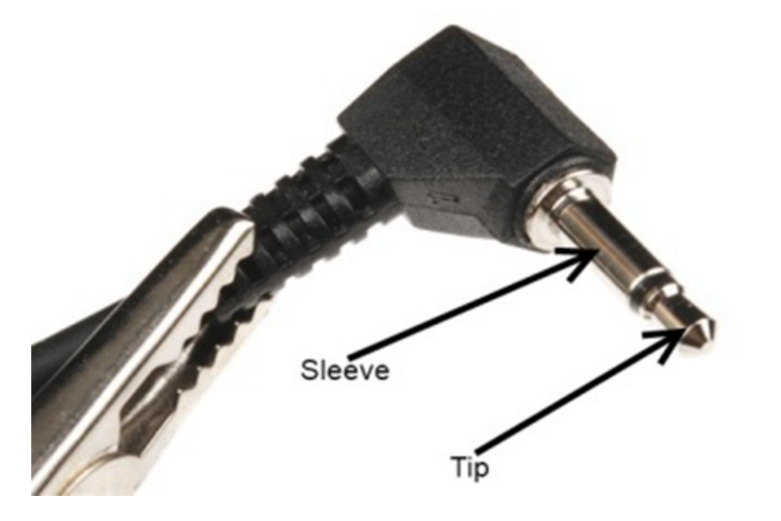
As previously mentioned, TS stands for Tip and Sleeve. These represent the existent contact points’ construction on the audio plug.
As you see, Tip deals with the left audio channel that’s insulating. The Sleeve commonly acts as the Ground.
Thus, TS implies that it’s a mono headphone jack with a single audio channel.
On cutting off the cord of the earphones, you’ll get to know that the headphone jack is all about wired circuits.
Thus, in the TS jack, you’ll find one copper wire ground sheath. A single blue wire wraps it. Note that blue wires are typically used for the left audio channel, while copper, gold, or silver wires can be used as the ground wire.
TRS headphone jack
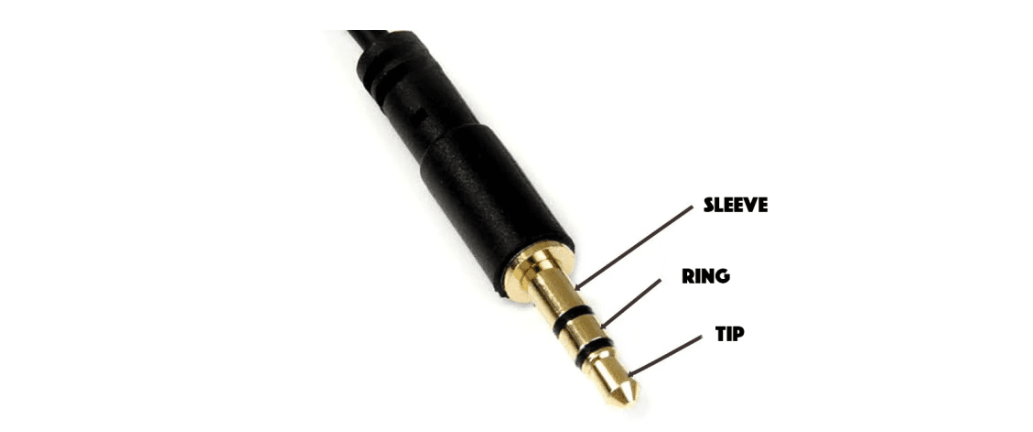
TRS headphone jack is distributable into three parts. That’s the Tip, Ring and Sleeve.
You can see that the TRS plug is always inherent in standard headphones that provide stereo sound but lack a microphone. That implies that with such headphones, you can’t make calls as they don’t support a microphone.
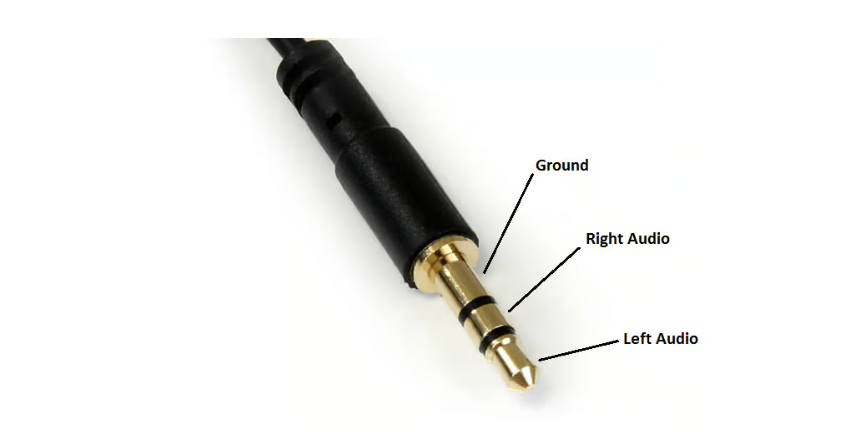
Regarding the TRS audio jack, there are two insulating rings (colored) on its shaft, with the Ring lying in between. The Tip typically handles the left audio channel. At the same time, the Ring manages the right audio channel. At the plug’s end, the Sleeve works as a common ground.
That configuration allows the TRS connector to transmit stereo audio signals effectually.
Inside the TRS headphone jack, you can see that there exist signal circuits linked by wires of differing colors. They have differing functions.
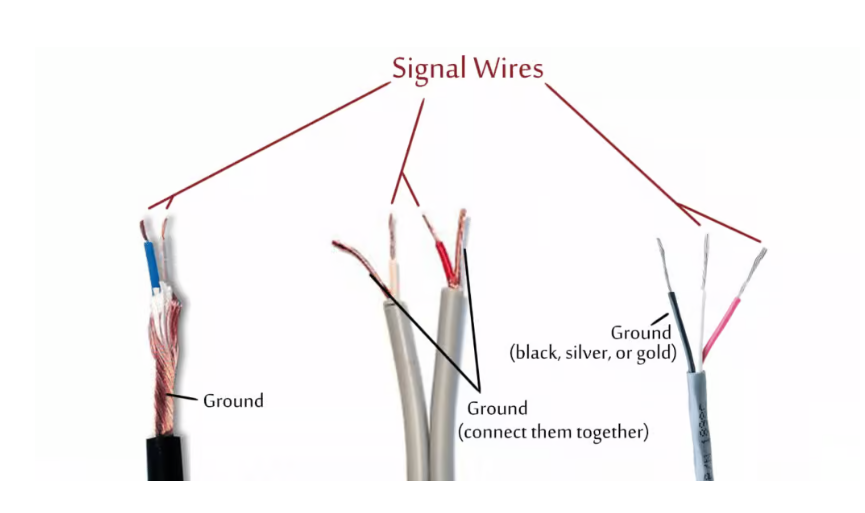
Typically, the blue wires deal with the left audio channel. The red wires manage the right audio channel. Meanwhile, the gold, silver, or black wires operate as ground wires.
TRRS headphone jack

As previously mentioned, TRRS stands for Tip, Ring, Ring, Sleeve. You can see that the TRRS jack generally exists on headsets with a microphone.
You can see that they support both stereo sound and microphone functionality. They flaunt an additional ring that’s usable for the microphone’s signal.
Commonly, the Tip handles the left audio channel. The first Ring manages the right audio channel. The second extra Ring handles the microphone signal. The Sleeve acts as the Ground.
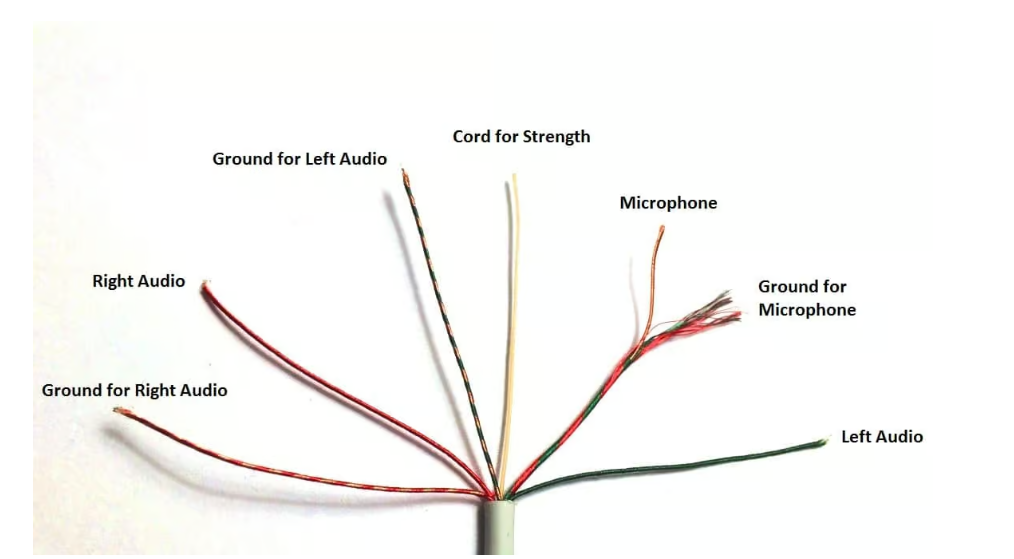
In contrast to the TRS, the TRRS jack is linked by an additional cord that’s wired with an internal copper wire, while the green and red sheath lies outside. The internal copper wire is usable for the microphone signal. At the same time, the outer sheath acts as the microphone ground.
Usage and Compatibility of 3.5mm Audio Jack
The 3.5mm audio jack is a versatile standard and has widespread acceptance. It’s widely employable in the following:
- Portable audio devices
- Tablets
- Smartphones
- Laptops
- Some desktop computers
Moreover, you can use it to connect your speakers, headphones, and other varied audio peripherals effortlessly.
Despite its wide acceptability, fewer modern devices have migrated towards wireless audio solutions or other connector types, such as USB-C.
Conclusion
In this post, we have provided a detailed explanation of what a 3.5mm jack is and how it functions. We also examined its usage and compatibility.
Indeed, the 3.5mm jack will continue to persist as a widespread choice for audio connectivity. That’s owing to its universal compatibility, effectiveness, and simplicity.
Despite the rise of alternatives, such as using wireless Bluetooth headsets, the 3.5mm jack remains a fantastic piece of technology that’s worth it.
FAQs
Can I use a 3.5mm audio jack for both audio input and output?
The 3.5mm audio jack can handle both audio input and output functionalities. That makes it a bidirectional connector.
It’s usable for audio input, such as connecting an external microphone to capture sound. You can further use it for audio output, such as connecting speakers or headphones.
It’s a versatile connector that meets various audio requirements.
On modern devices, can a 3.5mm jack be used for data or video transfer?
On modern devices, such as smartphones, tablets, and laptops, the 3.5mm audio jack is primarily used for transmitting audio in the form of analog audio signals. It’s not meant to handle the complex digital signals required for video or data transmission.
Modern devices employ other connectors, such as HDMI or USB, for video and data transfer.
What is the difference between a 3.5mm jack and Bluetooth or USB for audio connections?
The 3.5mm jack primarily handles analog audio signals. That differs from Bluetooth or USB, which utilize digital signals.
Thus, the 3.5mm jack is a conventional method of sound transmission, apt for a broad range of audio devices.
Bluetooth and USB are, in essence, digital alternatives. They provide added features but lack the universal compatibility of the audio jack.
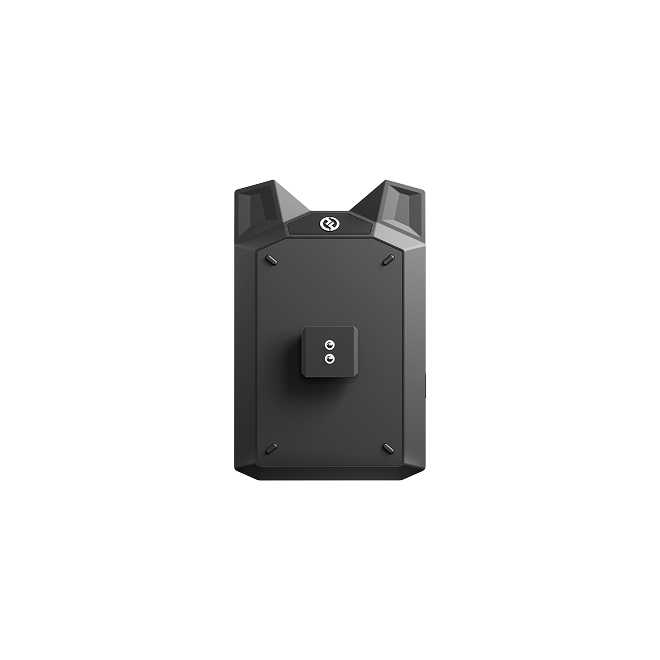

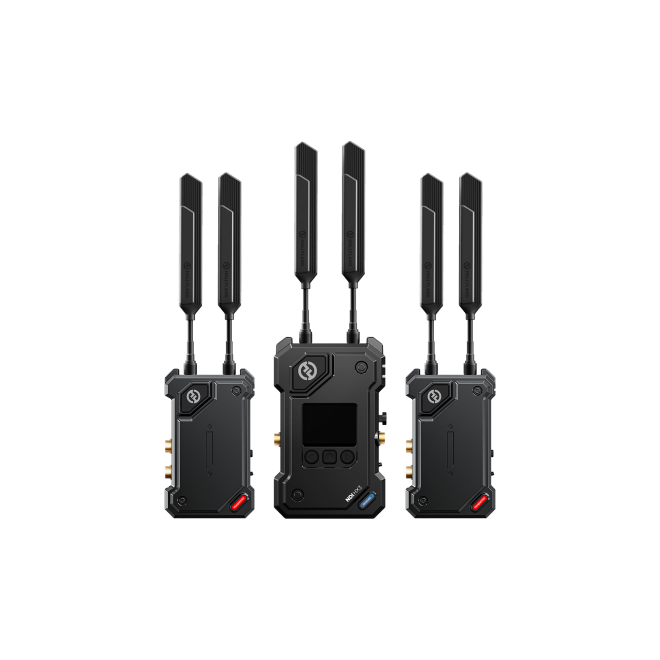
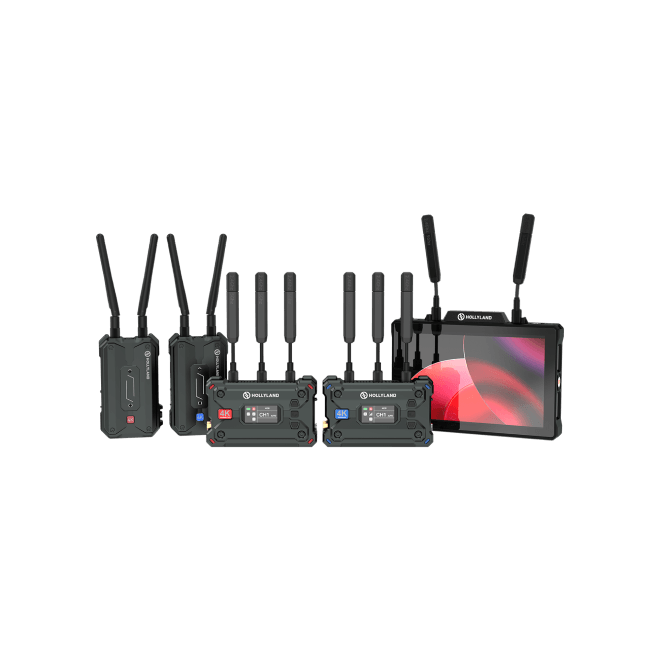
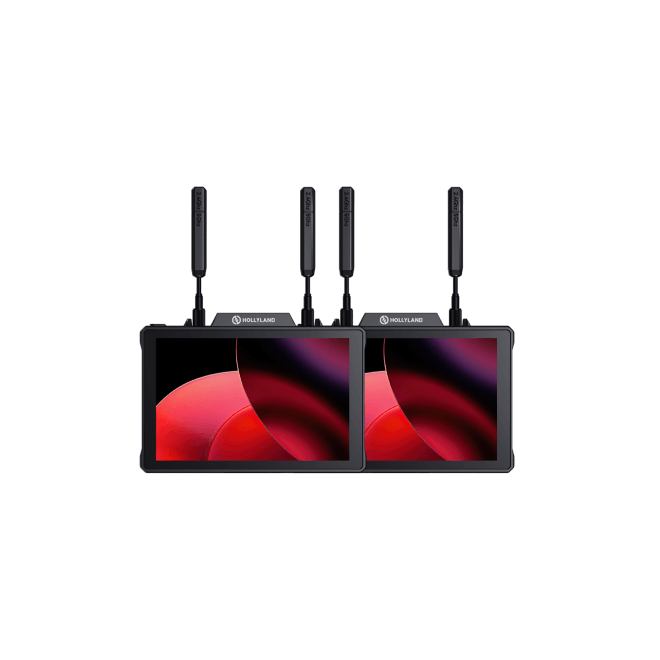
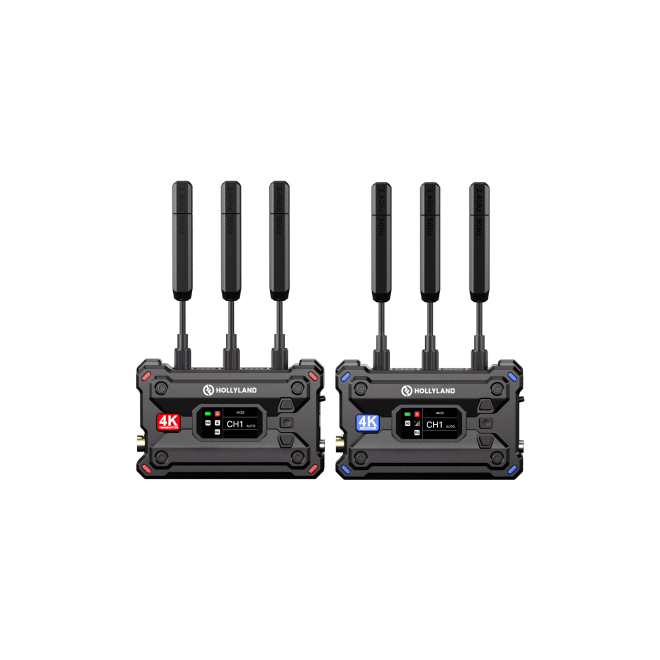
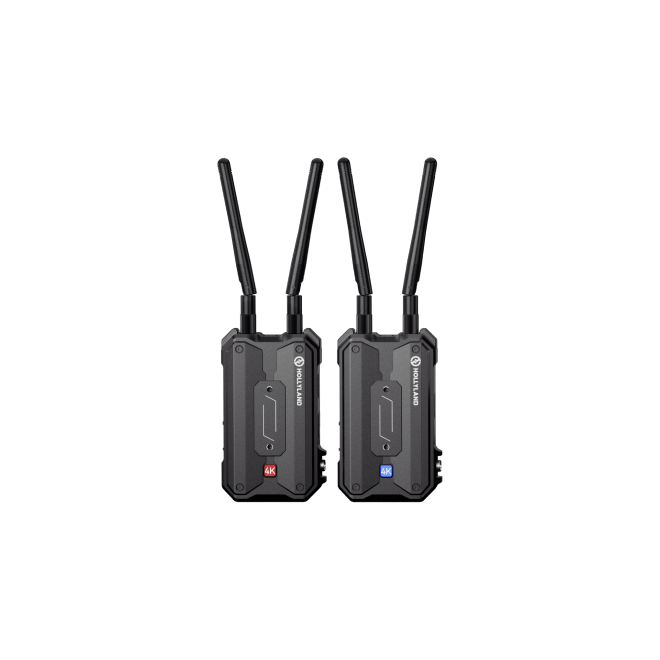
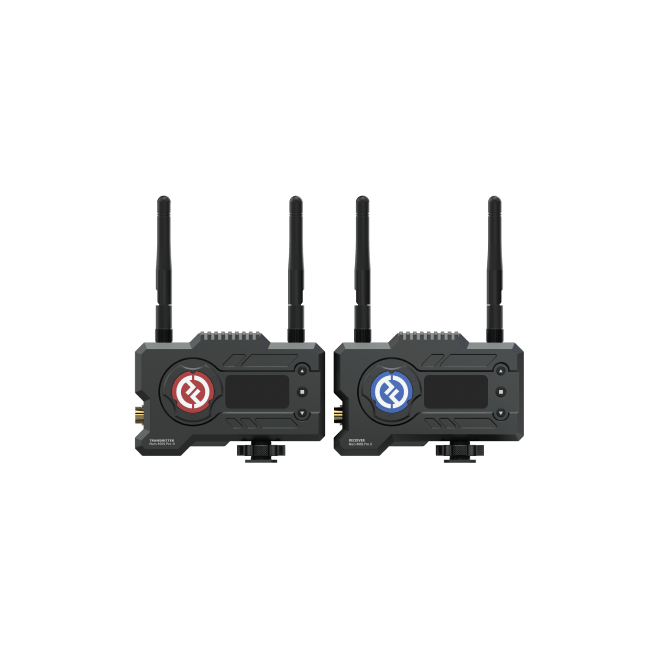
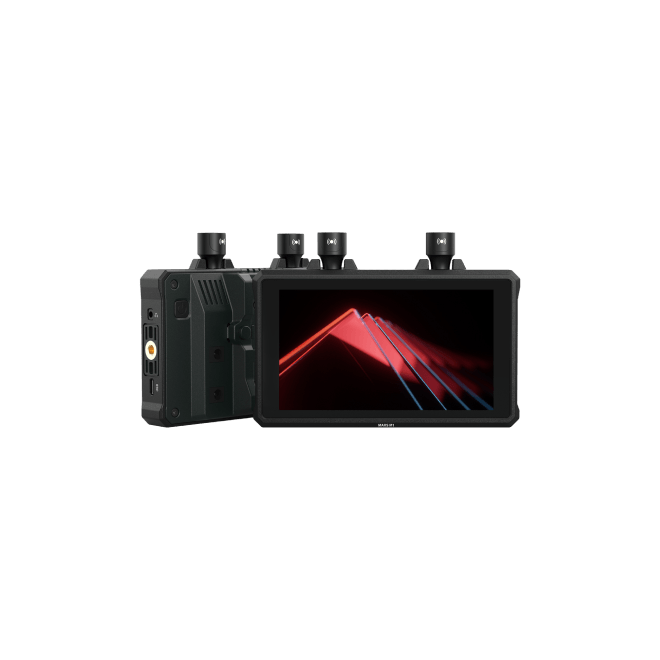
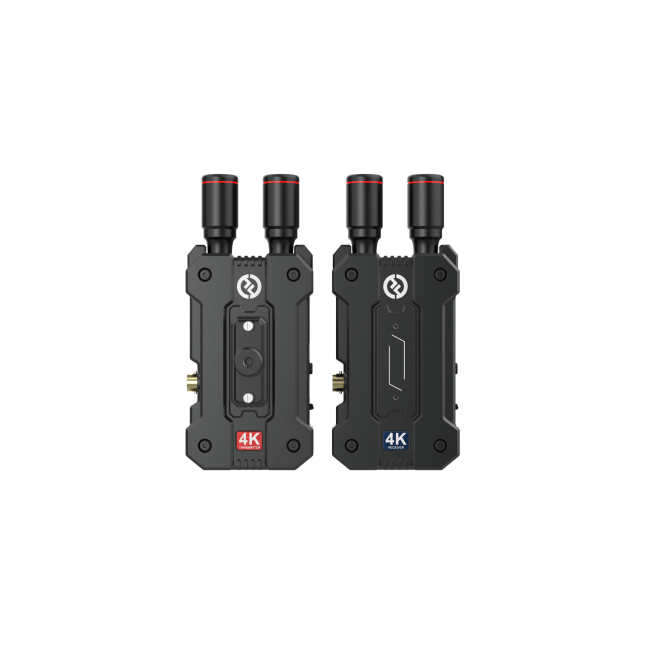
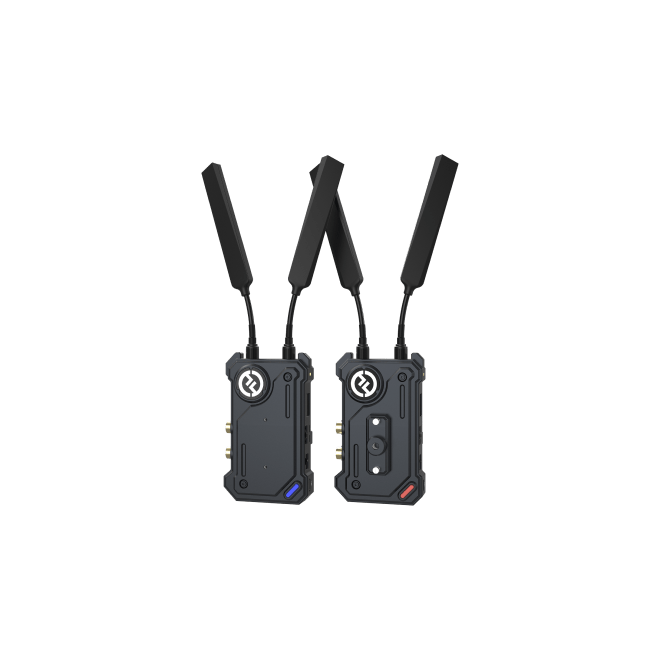
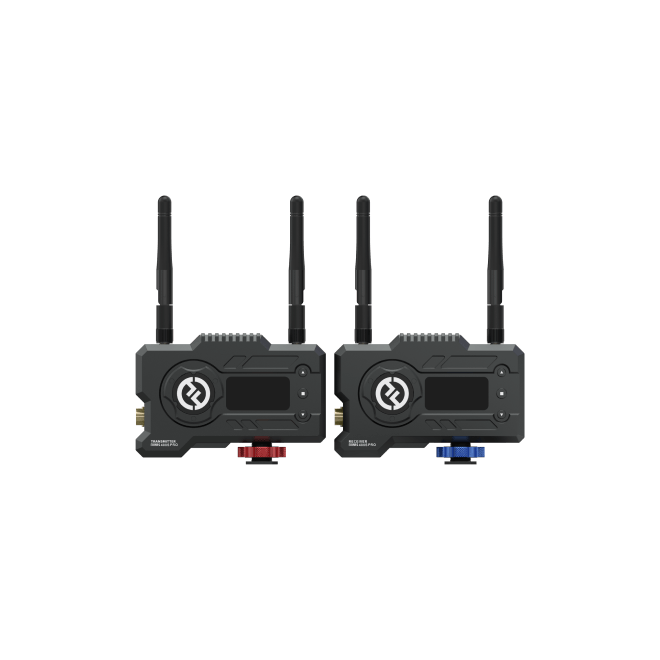
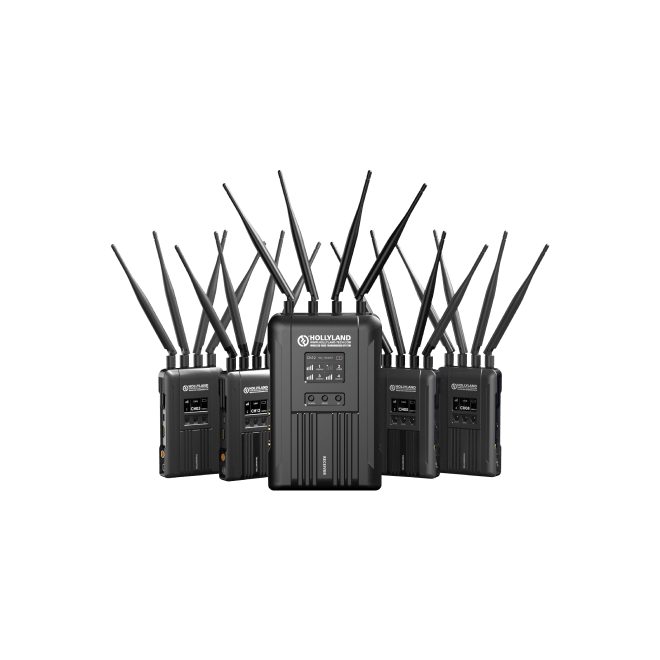
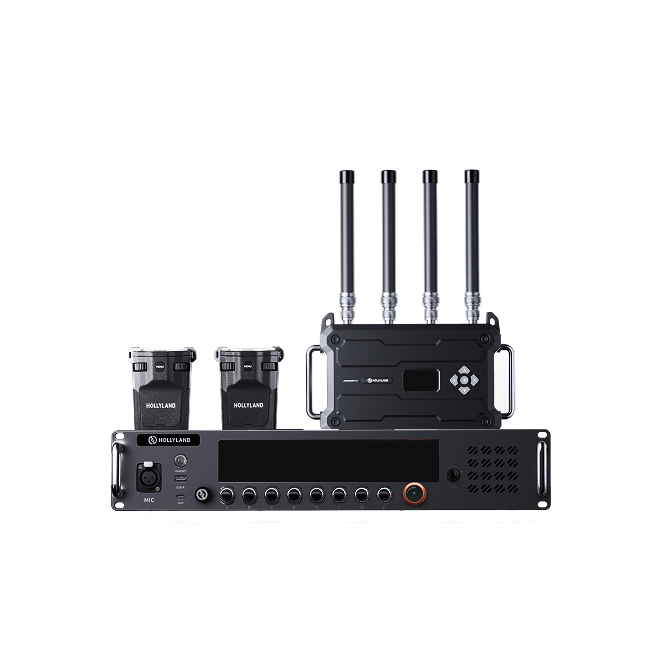

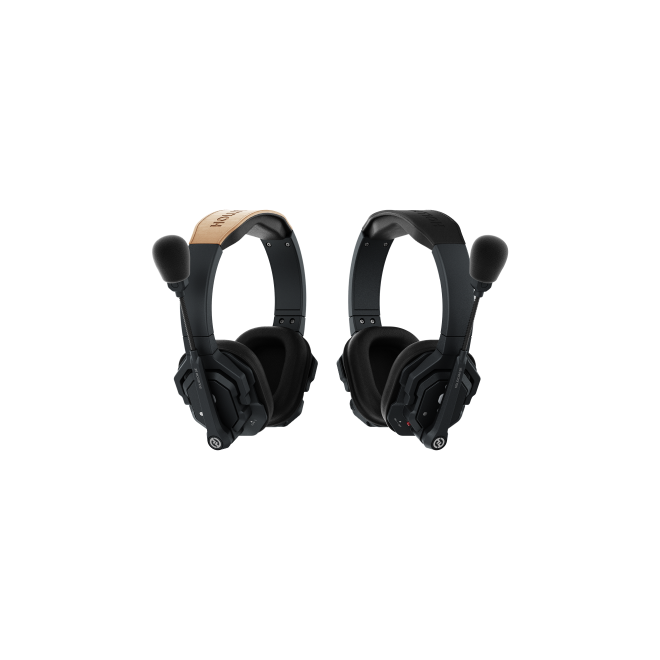

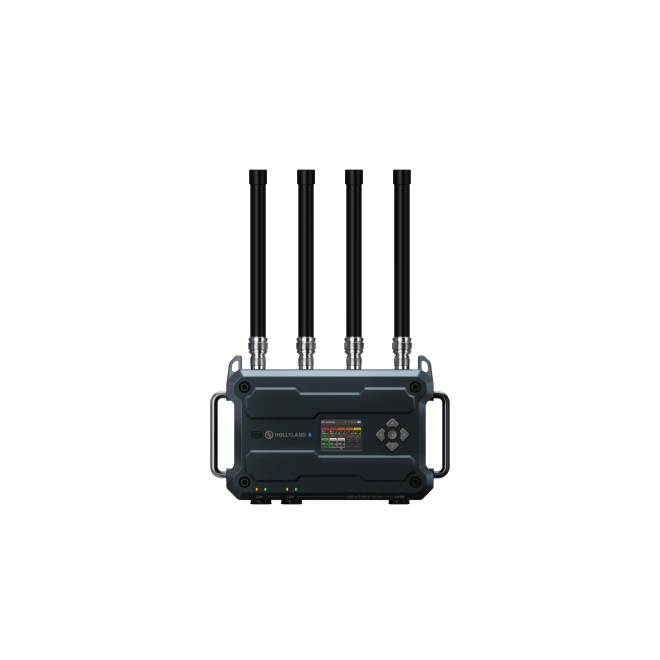
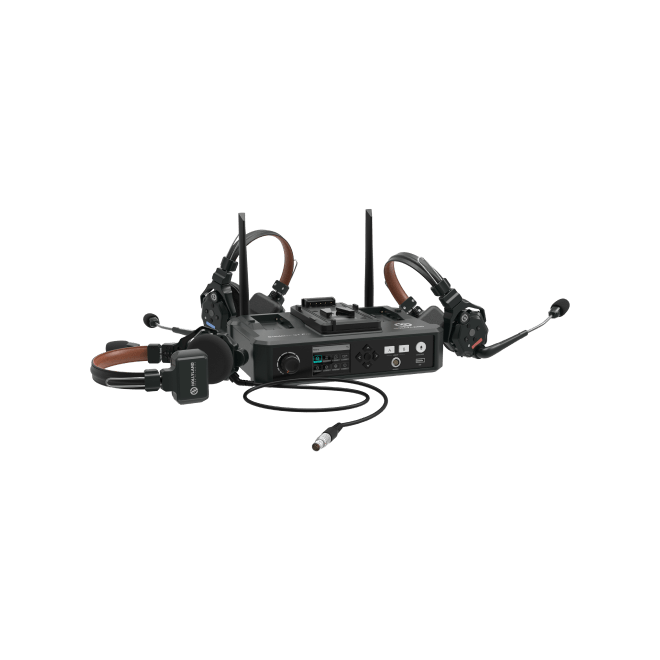
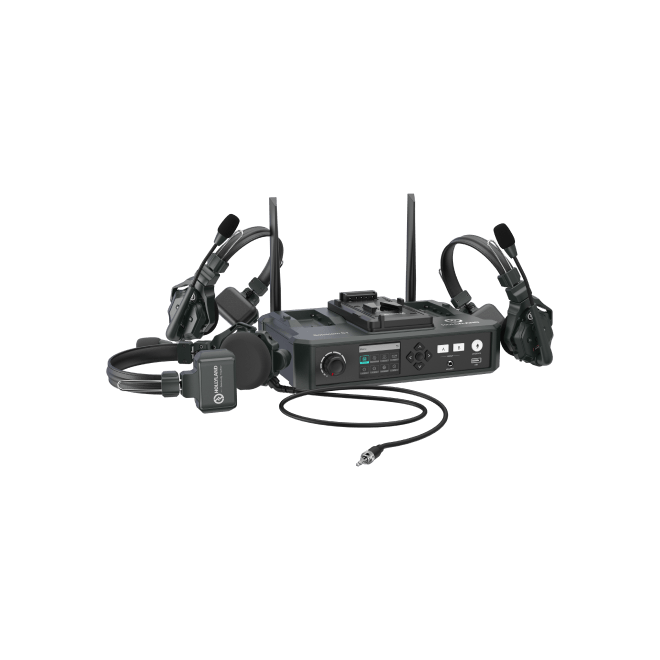
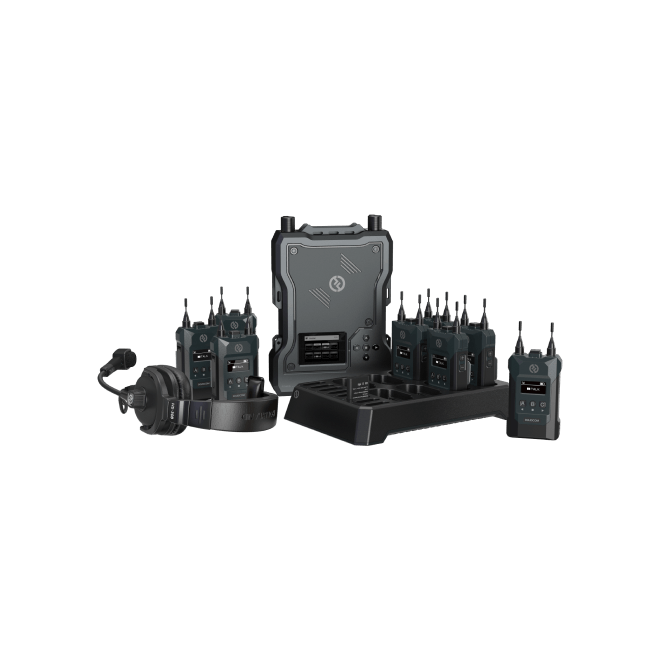
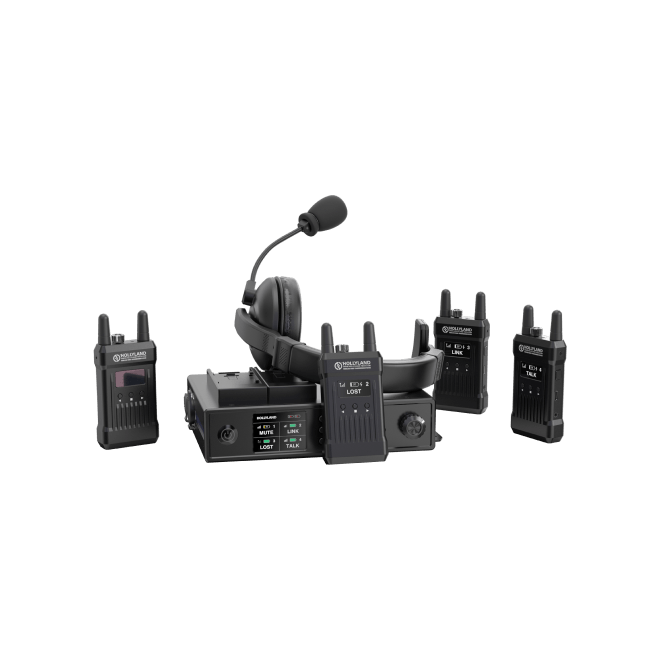
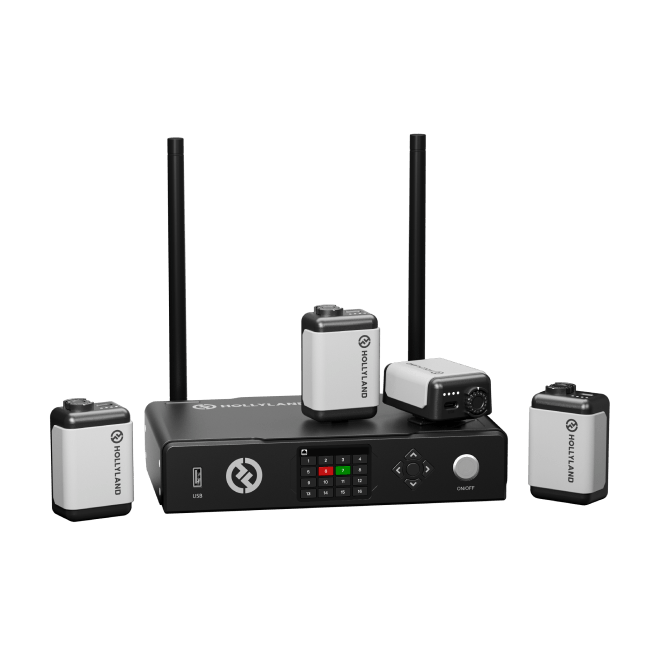
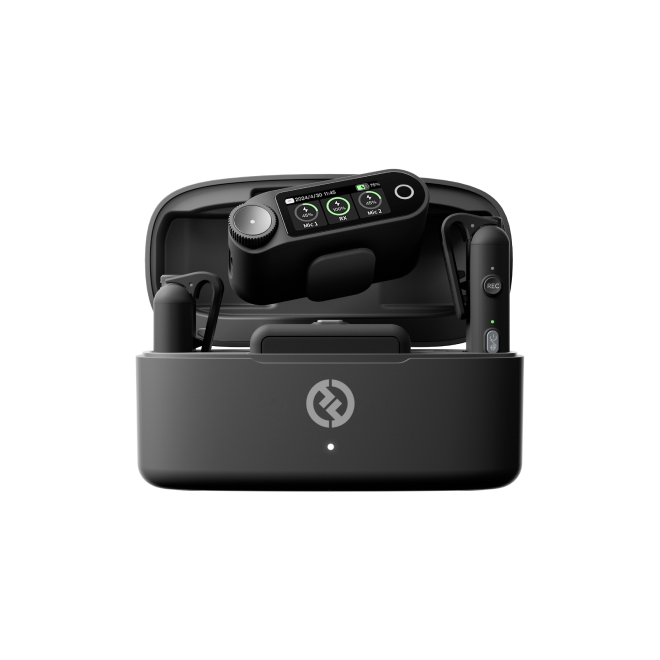
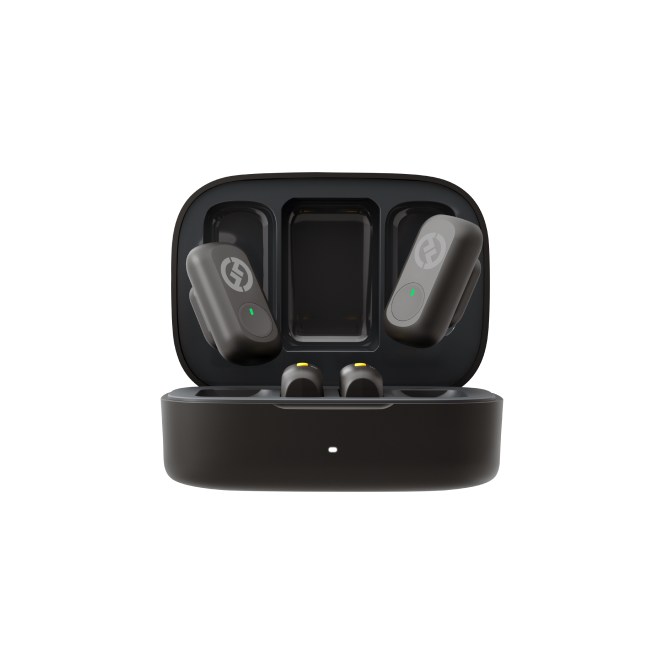

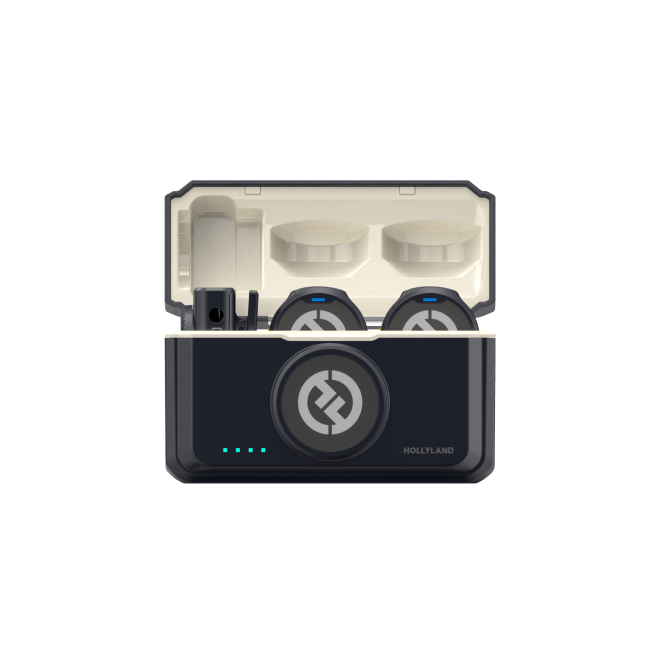
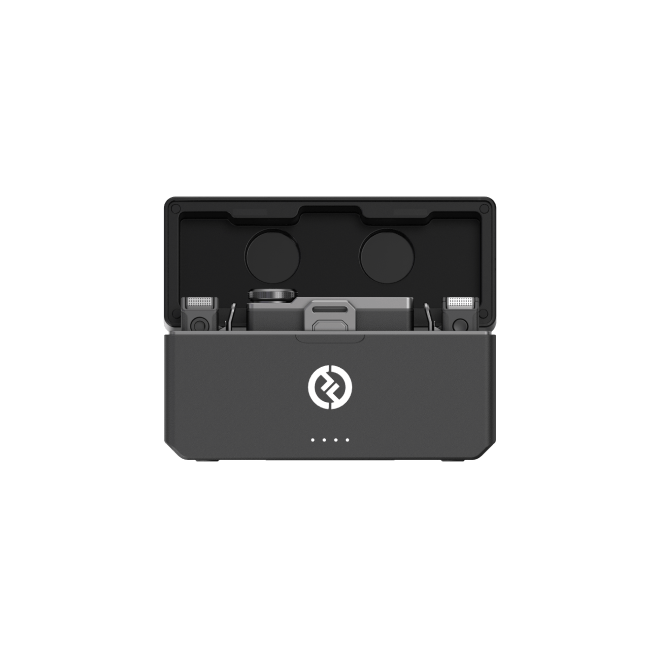


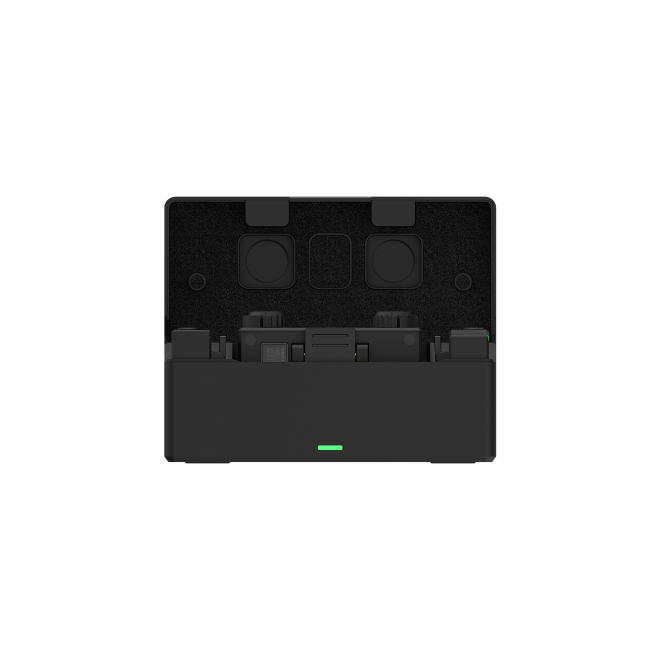


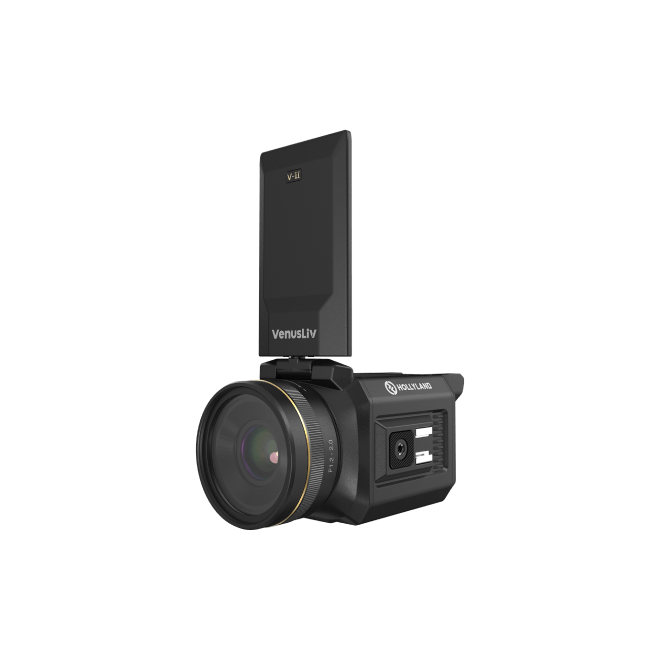
.png)
.png) Français
Français .png) Deutsch
Deutsch .png) Italiano
Italiano .png) 日本語
日本語 .png) Português
Português  Español
Español 




